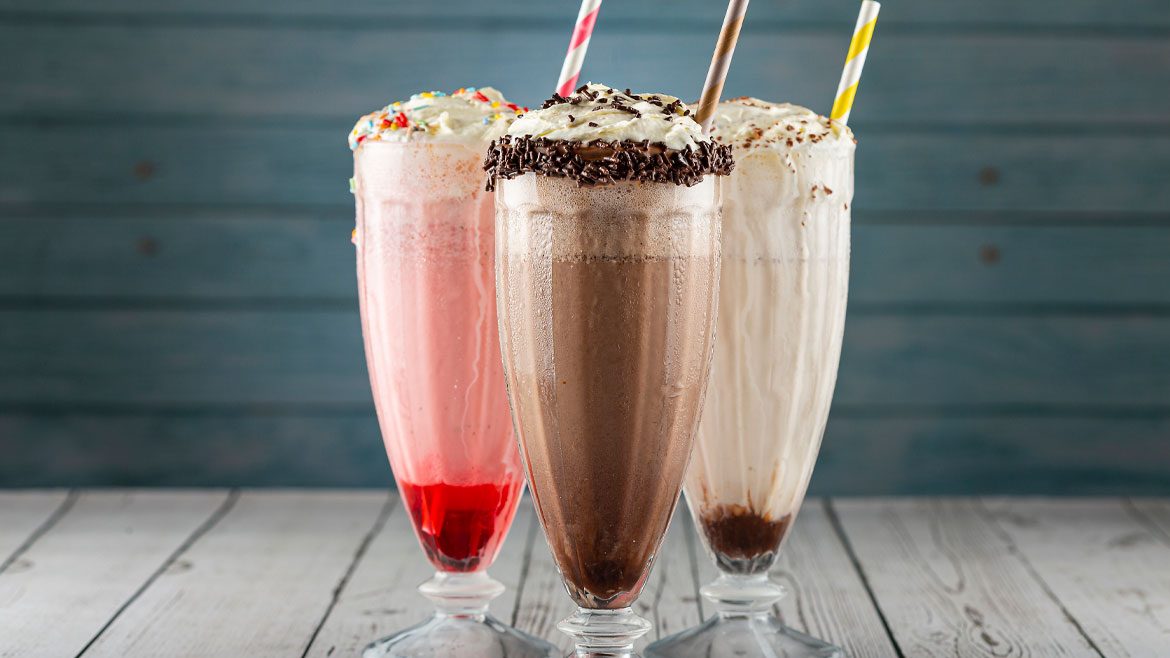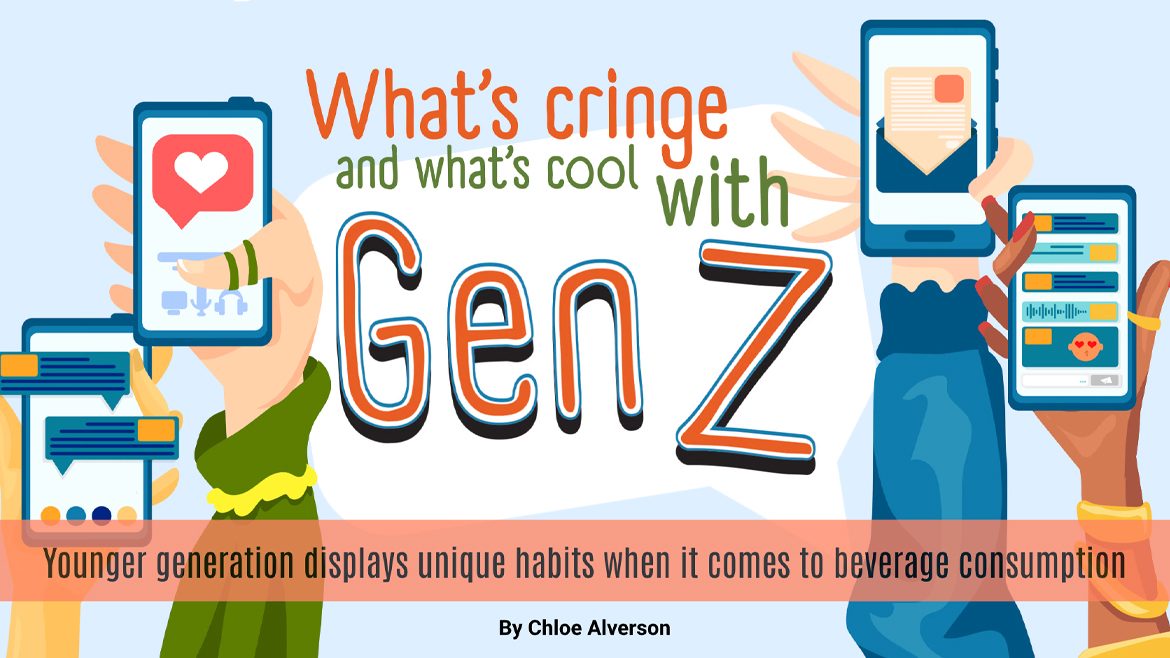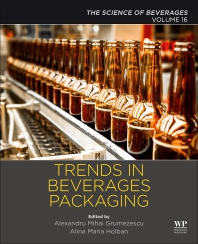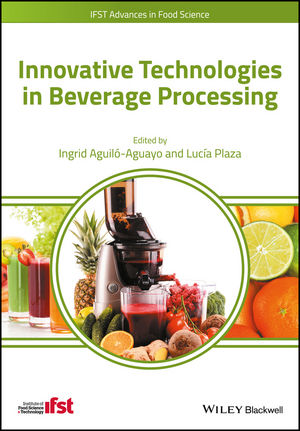What’s New in Glass
By Lisa McTigue Pierce
New techniques fire up functionality and aesthetics for this package staple
For 3,000 years, glass packages have protected and showcased a range of products, from foods and beverages to medicines and perfumes.
While the basic components — fire and sand
— haven’t changed, the process of glass container manufacturing
continues to evolve. Recent developments are giving glass container makers
the tools to be more efficient, improve quality and add innovation.
Benefits include competitive prices, premium packages and brand
differentiation.
More efficient, better quality
Like other manufacturing
operations throughout the world, glass container production has seen both
process and technology improvements that deliver faster cycle times and
more efficient changeovers.
To reduce downtime, improve productivity and ensure
product quality, manufacturers are now capitalizing on:
• Servo mechanisms. Using servo
technology gives manufacturers better speed control and more precise
product handling. Benefits include greater production flexibility and
faster operating speeds, which generally equates to higher output.
• Better temperature monitoring and control. Throughout container making (that is, forming a gob,
pressing or blowing a parison, blowing the parison into a container and
then cooling it), manufacturers are now able to save energy and better
regulate predictive maintenance because of new ways to monitor and control
temperatures.
Mark Delaney, vice president of research and
development at Owens-Illinois, says the company has recently focused on
measuring the heat transfer capability of the individual section (IS)
machine more accurately, as well as improving cooling systems. O-I has also
looked at more efficient metallurgy in the molds, which affects the heat
transfer capability of the mold equipment. The machines are benchmarked on
a common performance metric to identify potential opportunities for speed
improvements.
Cycle times have also gone up at Vitro Packaging.
According to Juan Farias, technology general manager, the company has been
using new mold materials (such as minox and bronze) and incorporating more
efficient cooling systems (such as axial cooling, vertiflow and vacuum) to
enhance productivity.
• Better weight monitoring and control. Weight control starts with the gob. Here, again, servo technology
is improving how gobs are formed and handled. Glass manufacturing supplier
Emhart Glass, for example, recently upgraded its 555 AC servo feeder. New
Multi-Cam software allows the servo feeder to produce gobs of different
weights in different machine sections during forming.
And, although not yet in production, Emhart is also
testing a quadruple-gob machine that can produce four containers at the
same time. This would boost gob output by a third compared with the world
standard triple-gob machine.
Several glass container makers have invested in
press-and-blow systems because the technology has the potential to reduce
both glass and energy usage, and improve product quality. Rather than using
air to form the gob into a parison (as in blow-and-blow manufacturing), the
increasingly popular press-and-blow process uses a plunger to push the gob
into the mold. This way, manufacturers can better regulate glass thickness,
either evenly distributing it or making it thinner or thicker in various areas as needed.
• Computer modeling. New
software that simulates the manufacturing process lets glass container
manufacturers optimize the package’s geometry, wall thickness,
internal pressure and vertical impact prior to mold making and production.
• New glass conditioning technologies to lightweight, strengthen
and/or add performance. Although glass
manufacturers have lightweighted containers nearly 30 percent in the past
10 years, development efforts still continue. The challenge is to
lightweight without compromising strength or quality.
Advancements here deal with the raw materials and new
technologies, but some are also process related. As Doug Trenkamp, project
manager for product development and innovation at O-I, explains,
“Anytime you improve process consistency, you might be able to
lightweight.”
Glass container forming equipment specialist Quantum
Engineered Products has developed a vacuum-assisted method to improve the
results of conventional blow-and-blow manufacturing. According to the
company, its Advanced Blow & Blow with AFCON (ABB/A) process has shown
an 18 percent to 24 percent reduction in weight versus standard
blow-and-blow manufacturing. Cavity cycle rates increased up to 60 percent,
too.
Other glass conditioning equipment vendors are looking
at radio frequency and microwave technologies. BHF Engineering, for
example, has tested microwaves, which reportedly offer better thermal and
chemical homogeneity. (BHF is also looking at using microwaves to melt, and
perhaps stir, colorant into the glass.)
On the materials side, Vitro’s Farias describes
techniques under development that involve the chemical deposition of steam
and nanotechnology to simultaneously lightweight and strengthen.
Additives and coatings are another way manufacturers
expand performance options of glass containers. For example, product
marketers continue to ask for clear packages that protect their products
from damaging ultraviolet (UV) light. According to Trenkamp, O-I has
responded to this demand by focusing on exterior coatings (the traditional
method today) and on
batch raw materials to chemically create absorption centers for UV light,
essentially blocking it from reaching the product.
Innovative designs
Equally important to all these manufacturing
improvements are the myriad innovations in container design. Glass not only
provides a “consumer-preferred” premium look and feel, but it
also offers almost unlimited freedom in container shape design.
New aesthetic techniques continue to provide
opportunities for brand differentiation. Among them are:
• Internal embossing. Available
from O-I, this “inbossing” creates a unique look that’s
affordable. Trenkamp says, “The obvious benefit of doing [the
decorating] during the molding process is that it becomes more of an
in-line step. So the economics of it are pretty attractive.”
• Etching. The Satin Etch
process from Rexam Glass, for example, offers an effective way of creating
a smooth, high-quality matt frosted finish.
• Antiquing. To make packages for
nostalgic products look vintage, O-I molds thicker sidewalls and bases and
ripples the surface.
Yet even an old-fashioned container design can benefit from modern computer technology. A major
initiative now underway at O-I centers on developing a web-based design
collaboration program. The initial push is to create a library of mold
designs. From there, engineers and marketers can capitalize on previous
designs instead of remaking the wheel each time. Trenkamp says the benefits
of this “knowledge-based engineering” process will be lower
costs and quicker mold production.
While few in number, today’s glass container
manufacturers offer many innovations to keep this ancient package
fashionable and competitive.
Lisa McTigue Pierce is the editor-in-chief of Food & Drug Packaging, Beverage Industry’s sister
publication.
Find out more online
To read other Food &
Drug Packaging articles, visit www.fdp.com








